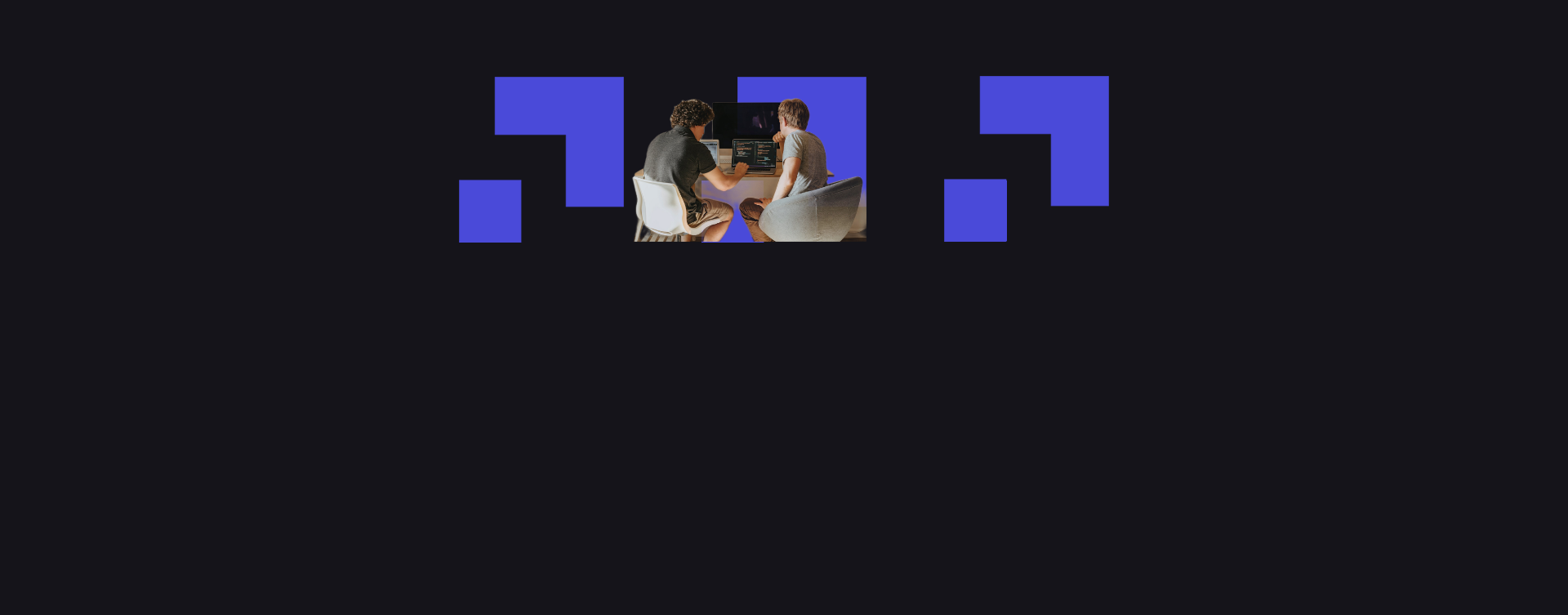In today’s fast-paced digital world, businesses of all sizes face the challenge of managing remote teams and ensuring productivity across multiple platforms. With the rise of remote work, the need for a reliable productivity tracking solution has never been greater. A well-designed cross-platform productivity tracker is essential for businesses to monitor employee performance, optimize workflows, and maintain a high level of efficiency, no matter where their employees are located. In this post, we'll explore the core concepts of cross-platform productivity tracker development, highlighting the benefits, use cases, and best practices involved in creating an effective solution.
The Power of Cross-Platform Solutions
The growing demand for flexibility in workspaces has accelerated the need for productivity tools that function seamlessly across multiple devices and operating systems. A cross-platform productivity tracker ensures compatibility with Windows, macOS, Linux, iOS, and Android, allowing remote workers to remain productive using their preferred devices.
From a development standpoint, cross-platform solutions streamline the creation process by utilizing frameworks like QT, React Native, Flutter, or Electron, which enable the development of a single codebase that works across different platforms. This reduces development time and maintenance costs while ensuring consistent performance.
Use Case: Remote Employee Productivity Tracker
One example of a successful cross-platform productivity tracker is the Remote Employee Productivity Tracker developed by VEProf. This tool allows businesses to monitor the efficiency of remote workers by capturing data on time spent on tasks, app usage, and overall work patterns. The tracker’s user-friendly interface ensures that employees can easily log work hours and receive feedback on their performance, while managers gain a real-time view of productivity metrics.
This type of solution is invaluable for companies managing distributed teams, as it helps maintain transparency and accountability. Moreover, the productivity tracker can integrate with project management software, providing a holistic view of both individual and team progress.
Key Features of a Productivity Tracker
When developing a cross-platform productivity tracker, several key features are essential to ensure both usability and effectiveness:
Time Tracking: The core functionality involves tracking how much time employees spend on tasks, projects, or applications. It helps managers understand how resources are allocated and identify inefficiencies.
Activity Monitoring: A comprehensive tracker monitors active and idle time, showing whether employees are actively engaged in work or not. This feature helps reduce distractions and improve focus.
Integration with Project Management Tools: Seamless integration with tools like Trello, Asana, or Jira allows for a smoother workflow, helping teams stay organized and aligned with their objectives.
User Privacy & Data Security: With employee monitoring, privacy is a major concern. Productivity trackers should ensure data protection and allow users to control what data is shared.
Cross-Device Synchronization: Whether an employee switches from a laptop to a smartphone, the productivity tracker should synchronize data across devices to provide a seamless experience.
Detailed Reporting: Providing clear and detailed reports of work hours, activity levels, and productivity trends helps managers make informed decisions and optimize team performance.
Benefits of Cross-Platform Productivity Trackers
Increased Efficiency: By providing insights into how time is spent, productivity trackers allow companies to identify inefficiencies and optimize workflows. Employees can also gain a better understanding of their work habits and improve time management.
Flexibility and Accessibility: Since these tools are cross-platform, employees can access them from any device, whether at home or on the go. This increases accessibility and ensures that remote teams remain productive regardless of location.
Enhanced Accountability: With real-time tracking and activity monitoring, employees are more likely to stay focused on tasks, fostering a culture of accountability and transparency.
Cost-Effective: Building a cross-platform solution means that businesses don’t need to develop separate apps for each operating system. This reduces development costs and makes the tool accessible to a wider audience.
Improved Communication: Many productivity trackers include features that support team collaboration, such as messaging or task-sharing options. This keeps teams connected, especially in remote settings.
Additional Use Cases
Freelancers and Small Businesses
For freelancers, a cross-platform productivity tracker can help manage time spent on multiple projects, ensuring accurate billing and efficient task management. Small businesses benefit from using such tools to monitor employee performance, manage projects, and improve team coordination.
Educational Institutions
Educational institutions can use productivity trackers to monitor student engagement in remote learning environments. Teachers can assess how students spend their time on various educational platforms and provide personalized feedback to improve learning outcomes.
Healthcare Industry
In the healthcare sector, where practitioners may work from different locations, a cross-platform tracker can help monitor time spent on patient consultations, administrative tasks, and telemedicine sessions, ensuring that time is used efficiently and patient care remains a priority.
Best Practices for Development
Prioritize User Experience: Ensure that the app is intuitive and easy to use, with a simple design that doesn’t overwhelm users. Minimalism in UI design is key to maintaining focus.
Security First: Given the sensitive nature of employee data, prioritizing data encryption and secure storage is essential for building trust with users.
Test Across Devices: Rigorous testing on various operating systems and devices ensures consistent performance. Bugs and inconsistencies can harm user satisfaction, so thorough quality assurance is crucial.
Support Offline Mode: Allowing users to track productivity even without an internet connection can enhance usability, especially for employees who work in areas with poor connectivity.
Provide Customization: Not all teams work in the same way, so providing customization options for tracking metrics, notifications, and reporting will make the tracker more versatile.
Developing a cross-platform productivity tracker is a powerful way to enhance team efficiency, improve accountability, and manage remote workforces. By providing flexibility, seamless device synchronization, and integration with popular project management tools, businesses can empower their teams to stay productive, no matter where they are located.
As remote work continues to rise, a cross-platform solution that supports employees across different devices and operating systems is critical for maintaining productivity and driving business success.

